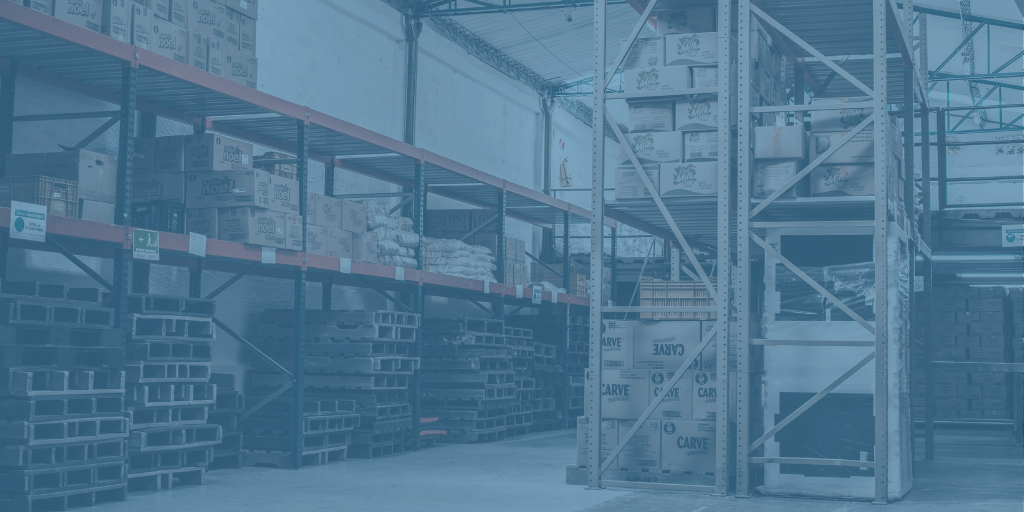Mastering Shipment Tracking: 6 KPIs You Can't Ignore
Shipping plays a crucial role in the buying experience, whether it’s wholesale, retail, or B2B. Many studies show that as high as 85% of buyers would...
3 min read
FreightPOP : Apr 4, 2023

While there are many ways to audit your logistics processes, a tried-and-true approach involves tracking key performance indicators (KPIs). Modern logistics management solutions allow you to track just about anything, but you can’t possibly monitor every single KPI. Doing so would cause information overload and lead to wasted time, contrary to the purpose of KPI tracking—like the old adage says: "If everything is a priority, then nothing is a priority".
So, what are the most important KPIs you should track? While the exact answer to that question depends largely on your organization’s unique goals, everyone should pay attention to these seven KPIs:
The fulfillment accuracy rate is a high-level KPI, which means that several aspects of logistics management have to go right for you to earn an acceptable score. To be considered accurate, an order must be sent to the right customer in satisfactory condition — and the package has to arrive on time and include the correct mix of products, of course.
Tracking your fulfillment accuracy rate helps determine whether your logistics management processes are effective. However, you will need to look at more granular KPIs if you discover a fulfillment accuracy problem.
The rate of returns is a good measure of your picking and packing accuracy. If you have a high rate of returns, your warehousing personnel are either damaging goods during picking or packing or including the wrong products in shipments.
Either way, you are throwing money down the drain, as returns are costly to process. You will lose even more revenue if the client requests a refund instead of a replacement product. Talk about a lose-lose.
Speaking of granular KPIs, internal order cycle time is a great metric to track if you want to pinpoint potential issues in your logistics management processes. Total order cycle time tracks how long it takes to pick, pack, ship, and deliver customer orders.
Internal order times do not account for the actual transit time. Instead, this KPI reveals how efficiently your team can pick, pack, and ship out a package. Getting packages out of your facility quickly helps keep your customers happy.
Order-picking accuracy is a pretty straightforward KPI. As the name suggests, this metric tracks your team's ability to correctly pick orders when they receive tickets.
This metric is perhaps one of the most commonly tracked in the logistics space — which is no surprise, as a low picking accuracy will be detrimental to your bottom line. To match top businesses, you should strive for a nearly flawless order-picking accuracy of upwards of 99.5%.
If you are serious about optimizing logistics management, dock-to-stock cycle time is a KPI you cannot overlook. This metric measures how long your warehouse staff takes to put away a newly received shipment and document it in your inventory management software.
Your warehouse team likely juggles multiple responsibilities, such as stocking incoming shipments, picking products, etc. It is vital that staff can transition between tasks efficiently. The dock-to-stock cycle time KPI will help you better assess their ability to do just that.
Do you know what your average warehouse usage capacity was last year? If not, this metric will help you better understand whether you use your space efficiently.
Naturally, you don’t want to redline your capacity year-round. However, you also don't want a large chunk of your warehouse going unused. Ideally, you should use above 90% of your warehouse capacity but have at least 5% to spare.
When selecting which logistics KPIs to track, business leaders sometimes need to remember to monitor their most important resource: staff.
One great staff KPI to track is your cross-trained rate, which is the percentage of employees trained to fulfill multiple roles within the company.
Cross-training employees boosts business resilience and increases team productivity. It could help reduce turnover, especially among millennials. Studies show that 87% of millennials believe workplace development opportunities are essential.
Monitoring and reviewing these 7 KPIs will provide actionable insights into your organization and helps you capitalize on growth opportunities.
 For tips on saving money on your logistics processes, do not miss our ebook: 6 Ways To Save Money On Freight and Logistics You May Not Have Considered, where we ask the experts for efficiency tips that save you money, including:
For tips on saving money on your logistics processes, do not miss our ebook: 6 Ways To Save Money On Freight and Logistics You May Not Have Considered, where we ask the experts for efficiency tips that save you money, including:
The benefits of freight pooling
Trade secrets on getting the best rates
How to automate shipping processes
Where to start with freight audits
And much more!

Shipping plays a crucial role in the buying experience, whether it’s wholesale, retail, or B2B. Many studies show that as high as 85% of buyers would...

There are countless KPIs that can impact freight management, and it can be tough to keep track of them all. Here we highlight 8 of the most crucial...
.png)
The fulfillment process is an integral part of the customer experience, and you should strive to make it as efficient and reliable as possible. A...